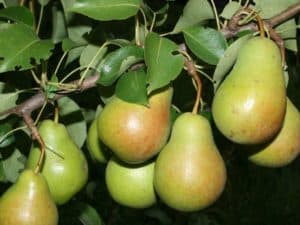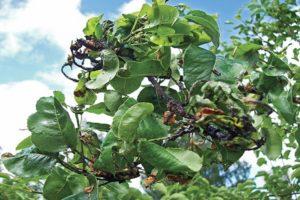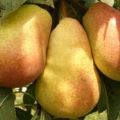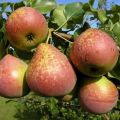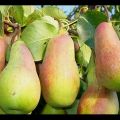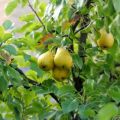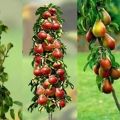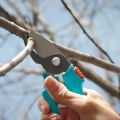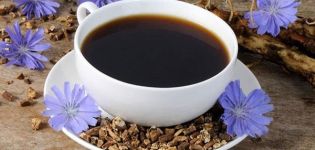Description and characteristics of the pear variety Prominent, cultivation and care
In the description of the Vidnaya pear variety, many positive aspects are indicated. Gardeners are attracted to high yields and resistance to common fungal infections. The successful development of the culture largely depends on the correctly chosen seedling, for which you need to select and prepare a place for planting. Plant care is standard, does not require a lot of time and effort. The harvested crop is not stored for long.
Description and characteristics of pears Prominent
The variety was first bred by breeders in 1958 in Moscow. Pear Vidnaya has the following characteristics;
- tall tree;
- the ripening boundaries of the crop are average;
- flowering begins at the end of May;
- fruits begin to ripen in late August;
- harvesting takes several weeks, since ripening is not simultaneous.
The second name for the variety is Bumpy, obtained due to the uneven surface of the fruit.
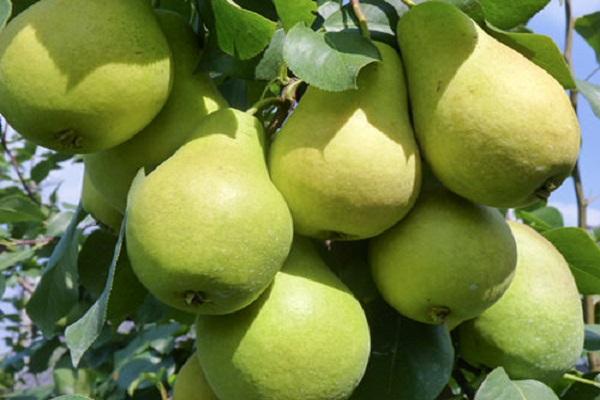
Wood
The trunk of the tree is straight and high, up to 24 cm in diameter, the branches stretch upward. The color of the trunk and branches is light brown. The crown is pyramidal, spreading.
There are not too many leaves on the tree. Their size is medium, the color is light green, the edges are slightly raised and are distinguished by the presence of serration. The surface of the leaves is smooth.
Pollinating varieties
Pollinating varieties that will additionally help in the process of pollination and increase productivity: Autumn pear Yakovleva and Rogneda.
Tree height
The tree is tall, reaching a height of 5 meters.
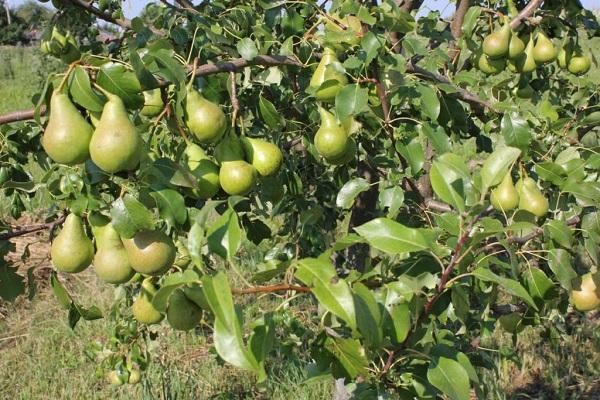
Life span
The variety is not long-lived. With good care, suitable soil and climate, a tree can develop and bear fruit for 30 years.
Winter hardiness
Winter hardiness of the pear variety Vidnaya is high. The culture can withstand frosts down to -25 degrees.
Yield
The productivity of the pear variety is high. Up to 60 kg of fruit can be removed from one adult tree.
Cyclic fruiting
The pear does not rest. Fruiting is regular, begins in the fifth year after planting a young seedling. The amount of harvest depends largely on weather conditions.

Self-fertility
The variety belongs to self-fertile crops.But to increase the number of fruits and improve their quality, it is necessary to plant trees nearby that will help in pollination.
Disease resistance
Pear Vidnaya is highly resistant to fungal infections, including scab and powdery mildew. Average tolerance of viral infections.
Fruit
- Pears are formed weighing from 140 g to 250 g.
- The color of the ripe peel is deep yellow; a red blush is observed on the lateral side facing the sun.
- The surface of the fruit is uneven.
- An influx is observed near the stalk.
- There are few seeds inside.
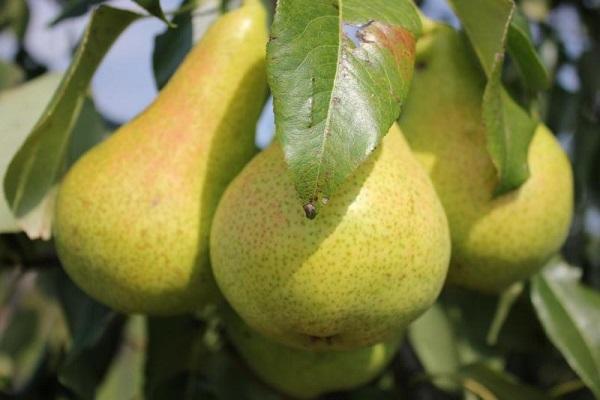
Calorie content
A pear is considered a non-nutritive food. 100 g of fruit contains only 45 kcal. There is a lot of sugar in the composition, therefore, the product should be used with caution in patients with diabetes.
Taste
The pulp is firm, slightly oily, white-yellow in color, with a high content of juice. Pears taste sweet, with a pleasant, cooling sourness.
Fruit sizes
The fruits are large, weight up to 240 g, length is 15 cm.
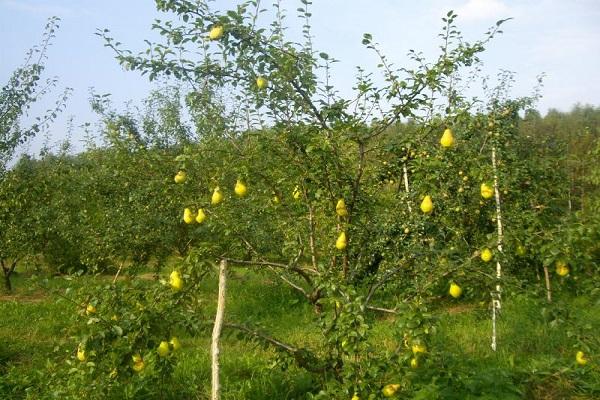
Application
The fruits of the Vidnaya pear are consumed fresh, and also used to make marmalade, marshmallow, jam, confiture, juice, and preserves.
Pros and cons of the variety
The positive qualities of the Vidnaya pear variety include:
- shows unpretentiousness during cultivation;
- the harvest is plentiful and regular;
- resists low temperatures well;
- high resistance to fungal infections;
- self-fertility.
The disadvantages include only the inconvenience during the care of the crop and harvesting due to the high growth of the tree. The harvested crop is stored for a short time - 7-10 days.
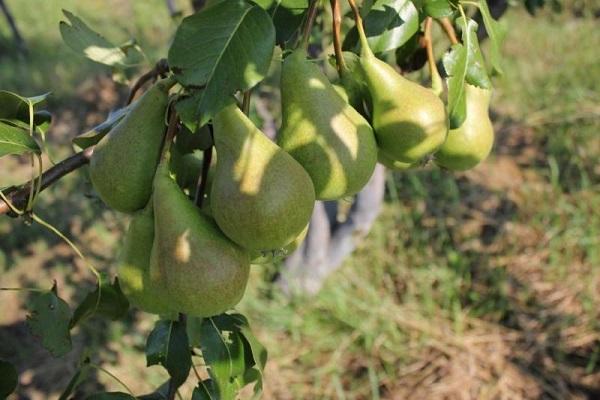
Planting procedure and preparation for it
To grow a healthy fruit tree that will bear fruit, it is necessary to carry out the planting procedure correctly.
Choosing a place and time for boarding
You can start planting pears both in autumn and spring:
- Autumn work is preferably carried out in the southern regions. The best time is the last decade of September, the first days of October. At this time, enough moisture and heat accumulated in the soil, which are necessary for the survival of the root system.
- In cold climates, it is best to leave the planting procedure in the spring. The seedlings are planted two weeks after the snow has completely melted. During this time, the soil is saturated with melt water and warms up to the desired temperature. It is important to have time to carry out work before the start of sap flow.
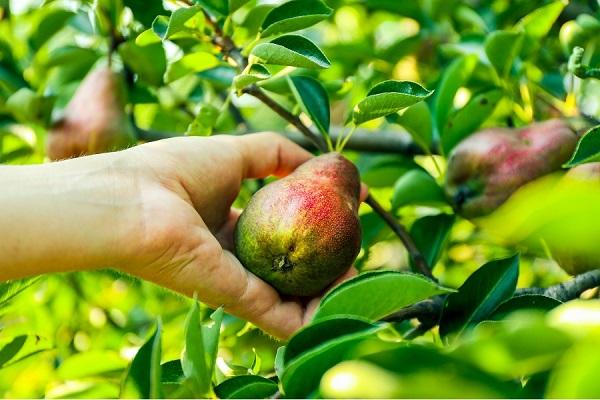
For landing, you need to choose a warm, bright area that is protected from through winds. The day should not fall into place from neighboring buildings and trees.
Groundwater should not flow too close to the ground. Their depth should be at least two meters. When disembarking in lowland areas, drainage must be organized.
The pear develops best in fertile, loose soil with neutral acidity and good aeration. Lime is added to the soil to reduce acidity. Sandy loam, loamy and black earth composition is ideal.
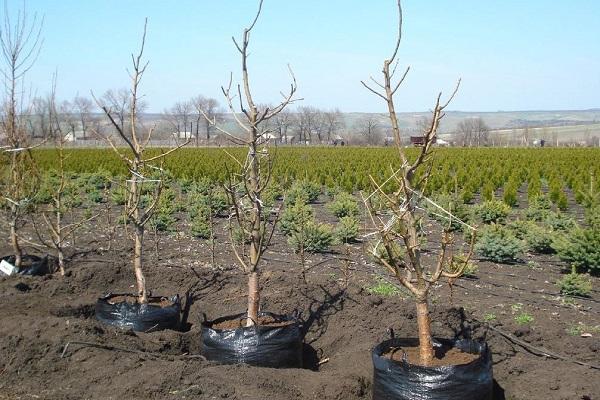
Planting pit preparation
The planting hole is prepared a few months before planting the seedling:
- Dig a hole up to 85 cm deep and up to 95 cm in diameter.
- A stick 130 cm long is installed in the center of the recess, which will later serve as a support for the seedling.
- The topsoil (20 cm), removed from the pit, is mixed with fertilizers (superphosphate, wood ash, humus are added). The resulting mixture is poured to the bottom of the pit, forming a mound.
For planting, seedlings are chosen that are 1-2 years old. They should be 1 meter tall. A good planting material has flexible stem and branches without any signs of damage. The roots should consist of at least three developed branches.
Pear planting technology
Planting a pear consists of the following step-by-step actions:
- A young tree is placed in the center of a mound formed at the bottom of the pit.
- Distribute roots carefully.
- Fall asleep with earth, the root collar of the plant should protrude 5-6 cm above the ground.
- The soil around the trunk is compacted and watered with two buckets of warm water.
- Tie the trunk of the tree to the support.
- Mulch the soil with peat or sawdust.
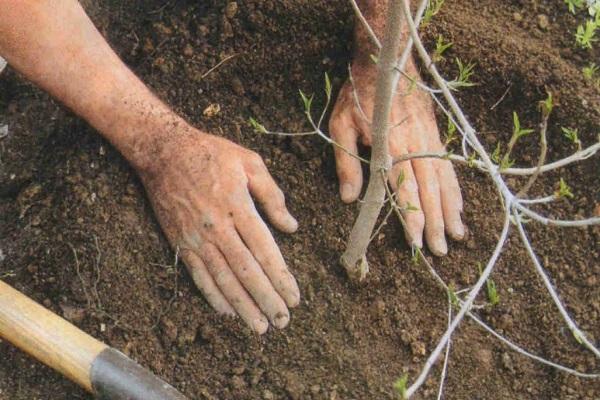
The subtleties of plant care
Caring for a pear is not difficult. Fulfillment of some requirements will lead to an increase in the quantity and quality of the crop.
Watering and fertilizing
For the first years after planting, it is recommended to water the tree every week with two buckets of warm, settled water. A mature tree should be watered twice a month.
Moisturizing is especially important at the following stages of plant development:
- before flowering;
- during the formation of ovaries;
- a couple of weeks before harvest;
- in the second half of September.
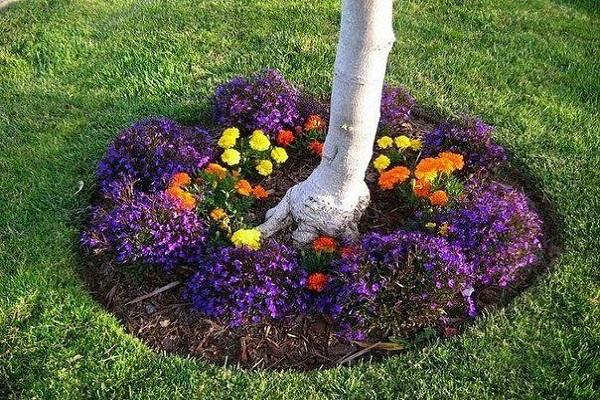
After the next watering, it is important to loosen the soil. The procedure will allow air, moisture and nutrients to be evenly distributed and get to the roots faster. In addition, loosening prevents weeds from growing.
Fertilization is carried out at least four times:
- In the spring, before bud break, it is recommended to feed with a solution of carbamide and nitrate or chicken droppings.
- After the end of the flowering period, you need to add nitroammofosk.
- In the summer, before fruit setting, potassium-phosphorus compounds are introduced.
- In the fall, after harvesting and falling off most of the foliage, a solution based on superphosphate and potassium chloride is applied.
For trees, both a deficiency and an excess of microelements are harmful, therefore, when breeding, the recommended proportions should be strictly observed.
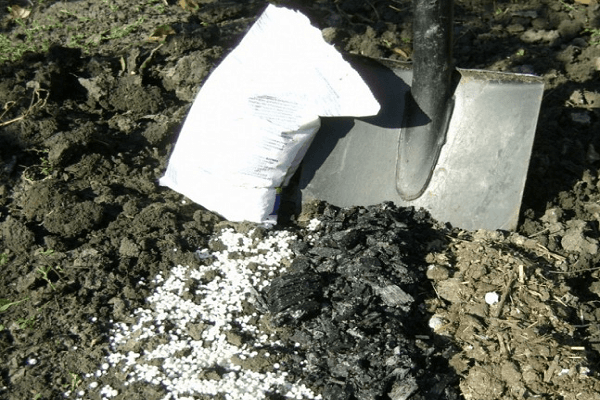
Tree rejuvenation
Once every six years, they carry out anti-aging pruning, removing dry branches. Thinning and sanitary pruning is carried out periodically. Remove excess, as well as dry and damaged branches.
The formation of the crown has a particular effect on the development of the tree and the improvement of the quality of the fruits. Choose three sturdy branches and cut them in one third. They will serve as the basis of the crown. The next year the branches are shortened again and two more main branches are defined.
Preparing for winter
As soon as the pear drops all the foliage, they begin preparatory work for the winter:
- The near-trunk area is cleaned of debris, foliage and dug up.
- The trunk and lower branches are treated with whitewash.
- The area around the trunk is mulched with peat, sawdust.
- It is advisable to cover the trunk with spruce branches, paper or burlap.
These measures will make it easier for the tree to endure winter frosts and quicker to activate its growth in spring.
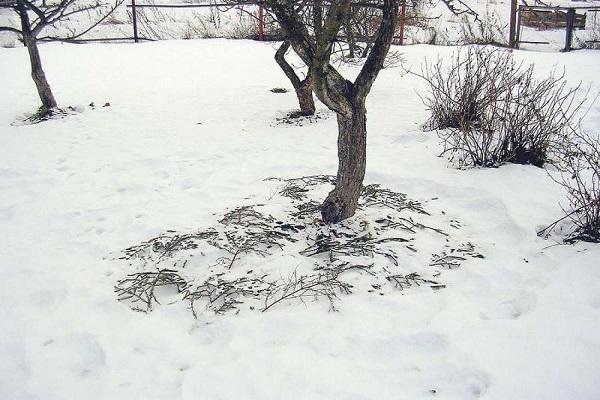
How to protect a Vidnaya pear from damage?
Pear variety Vidnaya rarely gets sick, but it will not be superfluous to carry out regular preventive treatment for diseases and insect pests:
- A bacterial burn can damage any part of the plant. For therapeutic and prophylactic purposes, the tree is treated with copper sulfate, Bordeaux liquid.
- When brown spots and white rings appear, moniliosis should be excluded. The fruits dry up and fall off ahead of time. It is recommended to treat the plant with such preparations as "Aktofit", "Baikal", "Healthy Garden".
- Rust is accompanied by the appearance of red spots on the leaves. The leaves begin to turn yellow and dry. Bordeaux liquid or the drug "Skor" helps.
- Cystoporosis can lead to the death of the tree. Bordeaux liquid, "Nitrofen", helps to get rid of the disease and prevent its recurrence.
Pest attacks can reduce yields and destroy the fruit crop. Most often, the problem is caused by the appearance of a tick, moth, bug. Such drugs as "Iskra", "Agravertin", "Aktara", "Decis" help to cope with pests.
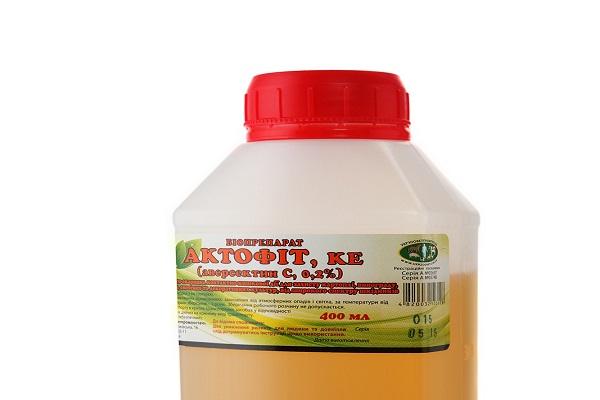
What regions is the variety more adapted to?
The pear variety Vidnaya is zoned in the Central region. The pear is often planted in the Moscow region and neighboring areas.
When and how to harvest?
Only ripe fruits should be removed from the tree. In the case of early harvest, the pear does not ripen and the taste deteriorates.
Fruit picking is carried out in dry, clear weather in the morning or evening hours. The harvested crop is put in wooden boxes or wicker baskets. The storage of the crop is short-lived. They are stored at room temperature for no more than four days, in the refrigerator - no more than 1.5 weeks.

